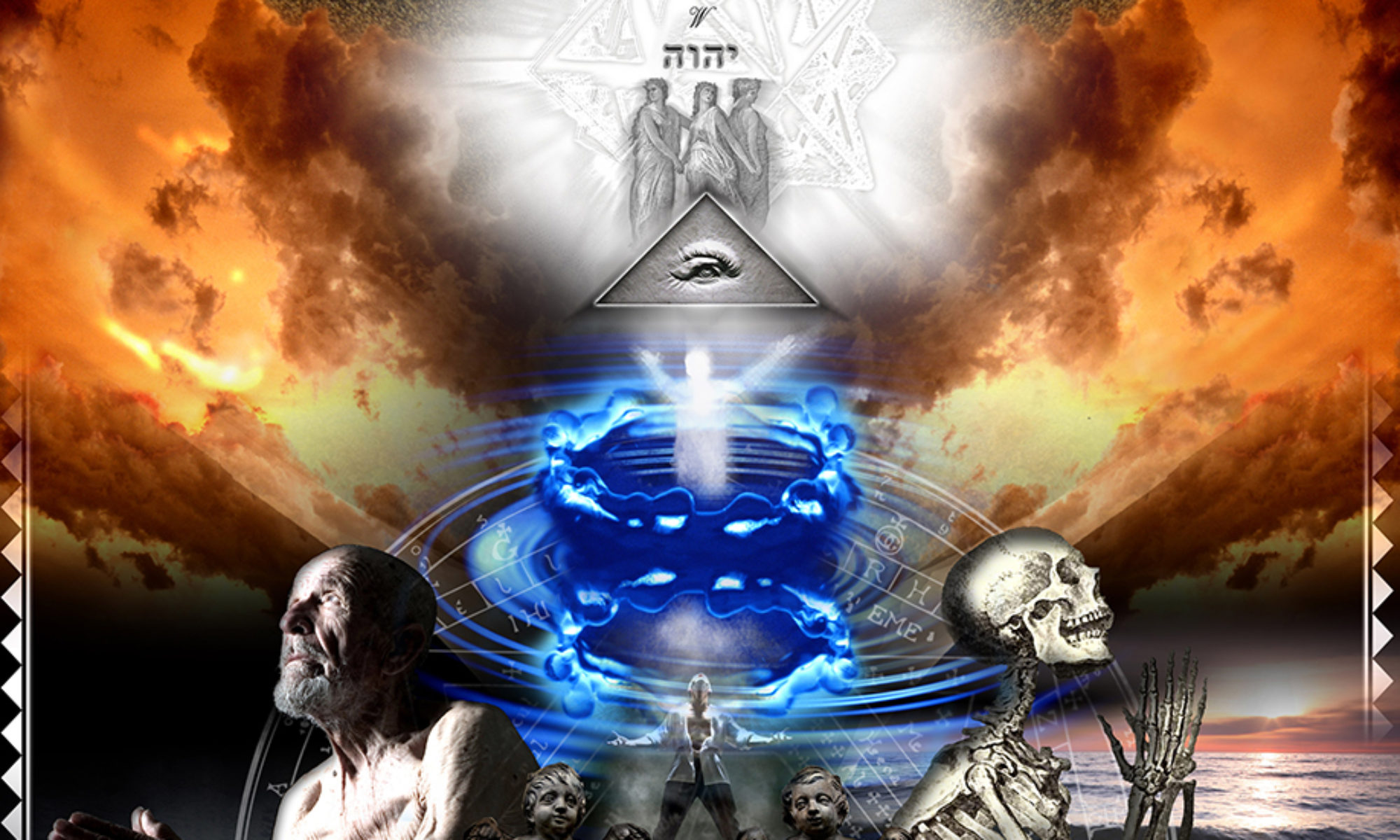What is Ordinary Religious practice?
This is not a question one would ever generally consider and perhaps the question comes off to someone as an affront to their own religious practice which they consider being extraordinary because of elements within it that they believe to be beyond the normal object of practice.
The exploration of the term ordinary religion comes from the book by Catherine Albanses, America Religions and Religion. In essence, the idea behind Ordinary Religion is the day to day practice of a particular faith tradition not encompassing a dynamic encounter with the divine, in other words an otherwise mystical or super-spiritual experience.
Examples of ordinary religion include attending church, participation in church activities that are not directly linked to mystical experience and social interactions from a religious context which again does not include some degree of ecstatic experience. Albanese describes Ordinary Religion as “the religion that is more or less synonymous with culture. Ordinary religion shoes people how to live well within boundaries.”
This has a tinge of hostility behind it as to suggest that a religion rests within a boundary suggests a clear demarcation of us and them. Albanese says, “Ordinary religion puts its premium on the things that are deeply present and (mostly) unconsciously revered within everyday culture,” in essence the everyday practice of that religion.
These boundaries exits within the spectrum of practice and, as artificial as they may be, are in fact a reality between different denominations and between different religions. This can be clearly seen in the disparate theologies that populate the landscape in the many churches that exist within most high density urban communities.
To understand this idea more fully, we can look back to Albanese when she says’
“ordinary religion can reveal itself in the many customs and folkways that are part of a culture: expected ways of greeting people; wedding etiquette concerning clothes, manners, and obligations; habits of diet; and holiday behavior.”
It is precisely these ideas that create the artificial boundaries between other faith traditions.
So, how can you tell if your religious practice is an ordinary one?
I don’t think the question is as relevant as it may seem. Nor do I think that it is something unique and wholly an element of religion. Any system of system of customs and practice can be an ordinary practice and create boundaries so long as it embraces elements unique to its conduct. Association with like minded sports fans, attendance to only similar performances of a genre of music, or even celebration of holidays that others may not have any inclination of, all of these are aspects of participatory ordinary practice. The creation of boundaries comes in the very practice or group association.
Ultimately, Ordinary Religion can be defined as living within your boundaries – doing what you think you should. It is your day by day routine that represents your values evident in communal celebrations and activities, essentially synonymous with culture.
The counter point to Ordinary Religion comes when we look at the practice Extraordinary Religion which exists beyond the “normal” culture, and transcends both boundaries and beliefs to explore more explanations of your culture or religion. In essence, the encounter space between boundaries otherwise known as Extraordinary Religion.
This was originally published on Sacred Space Los Angeles in 2012.

